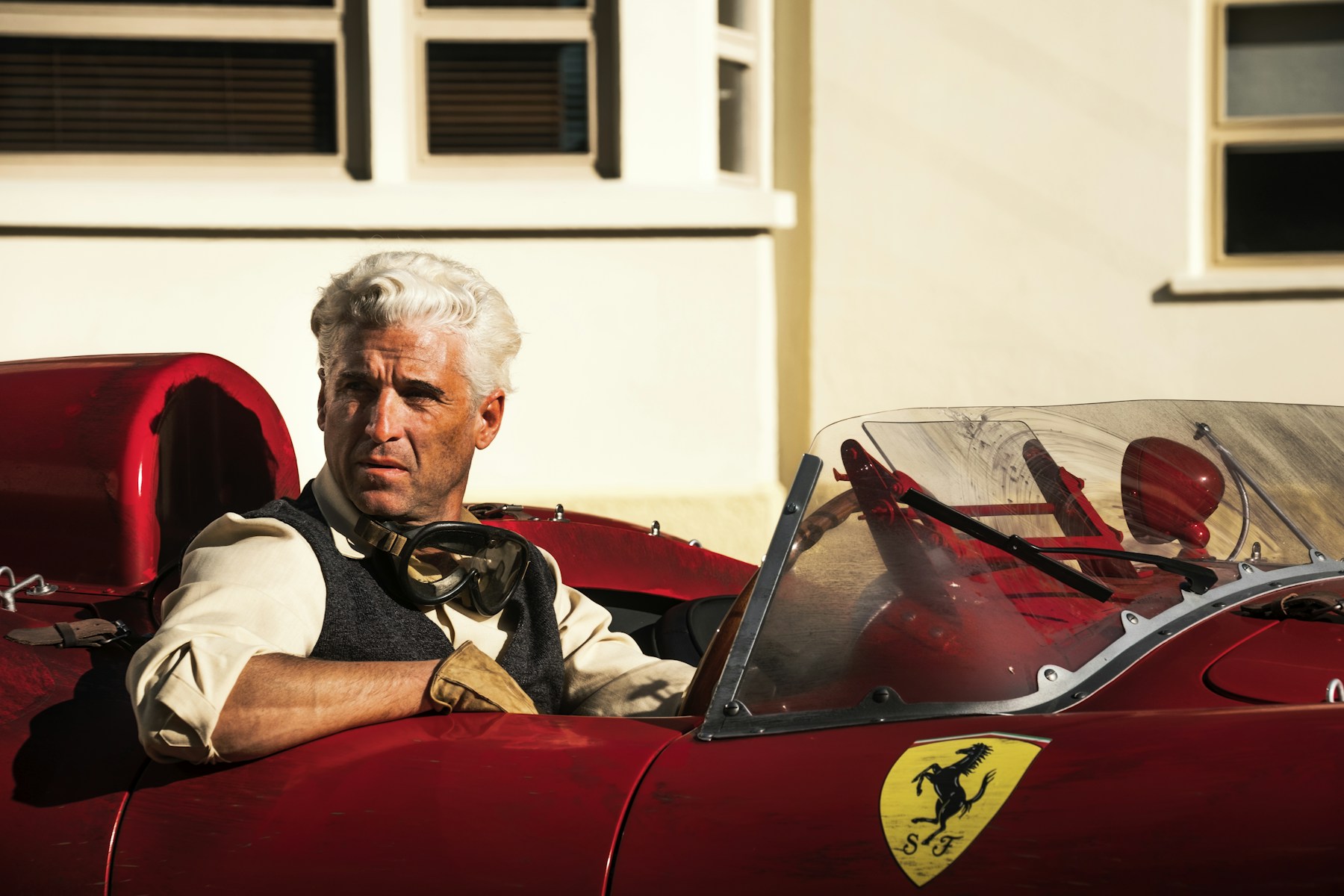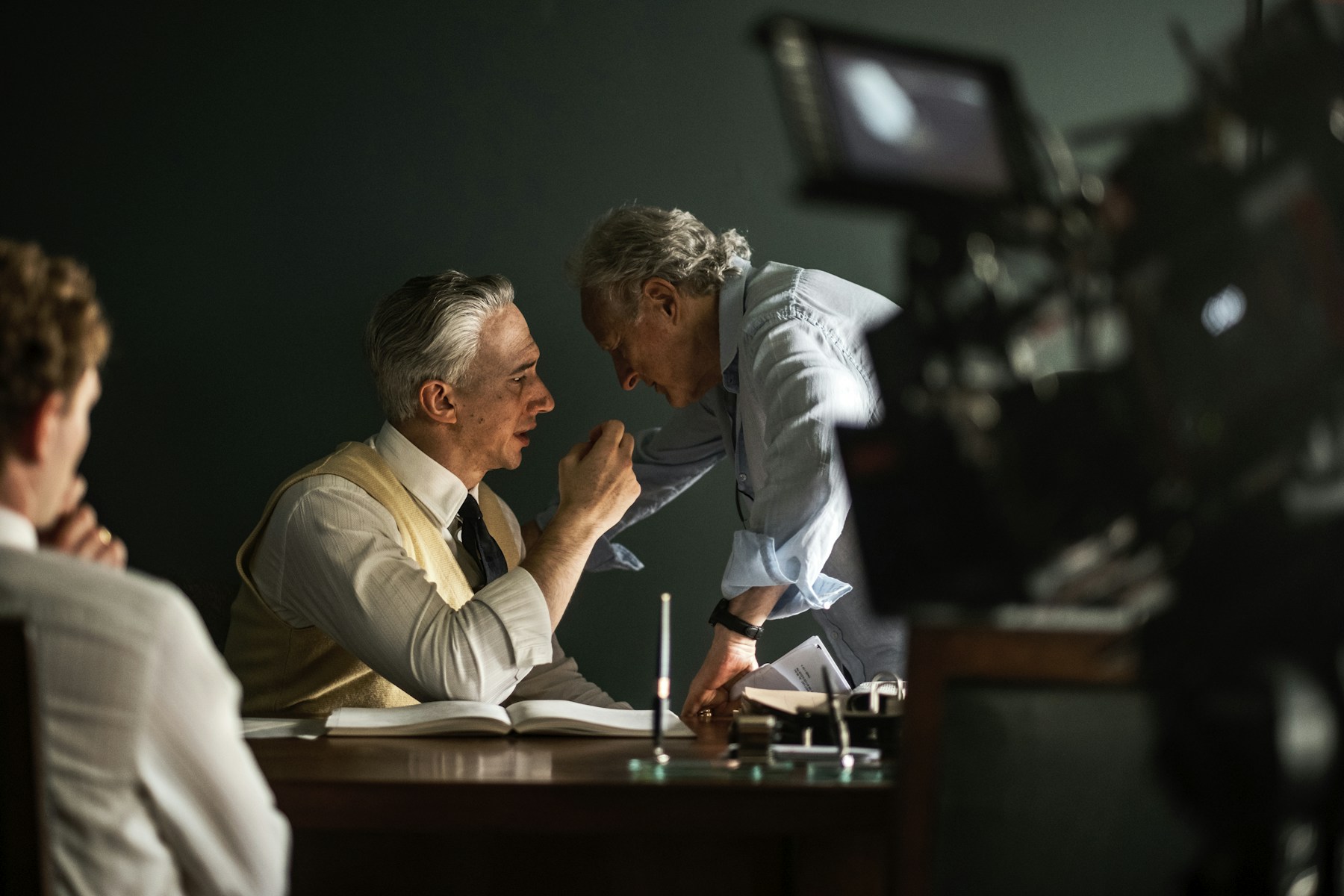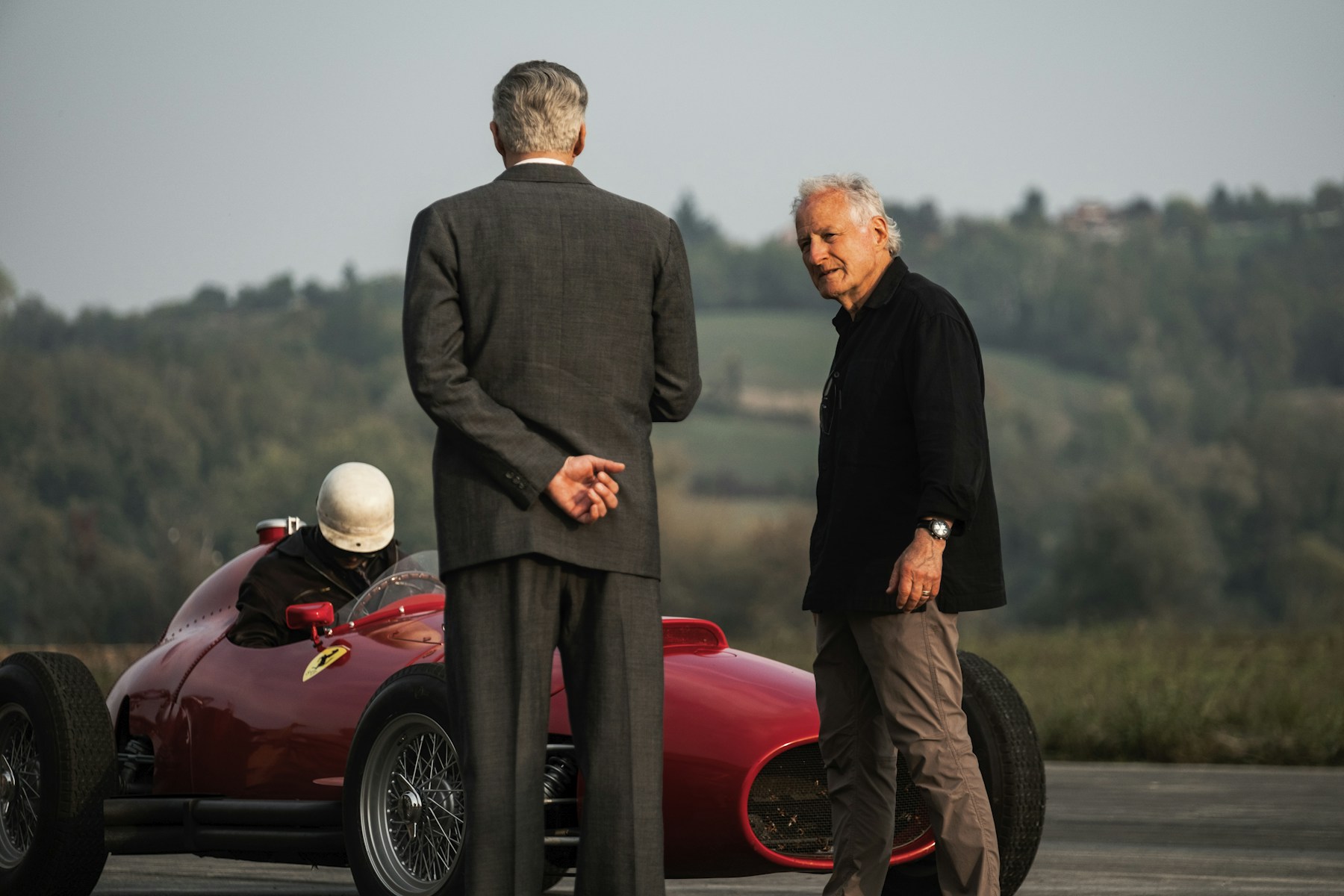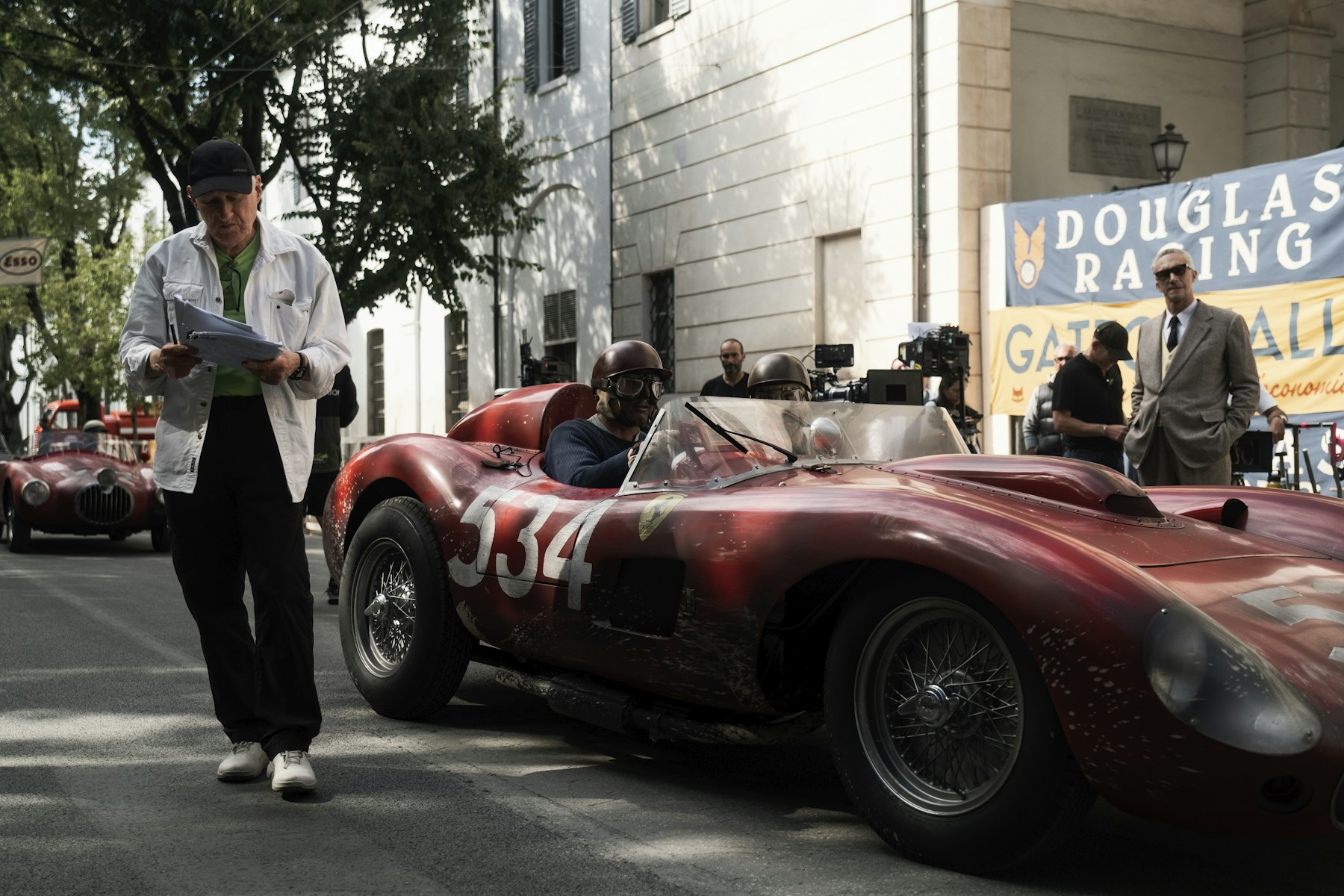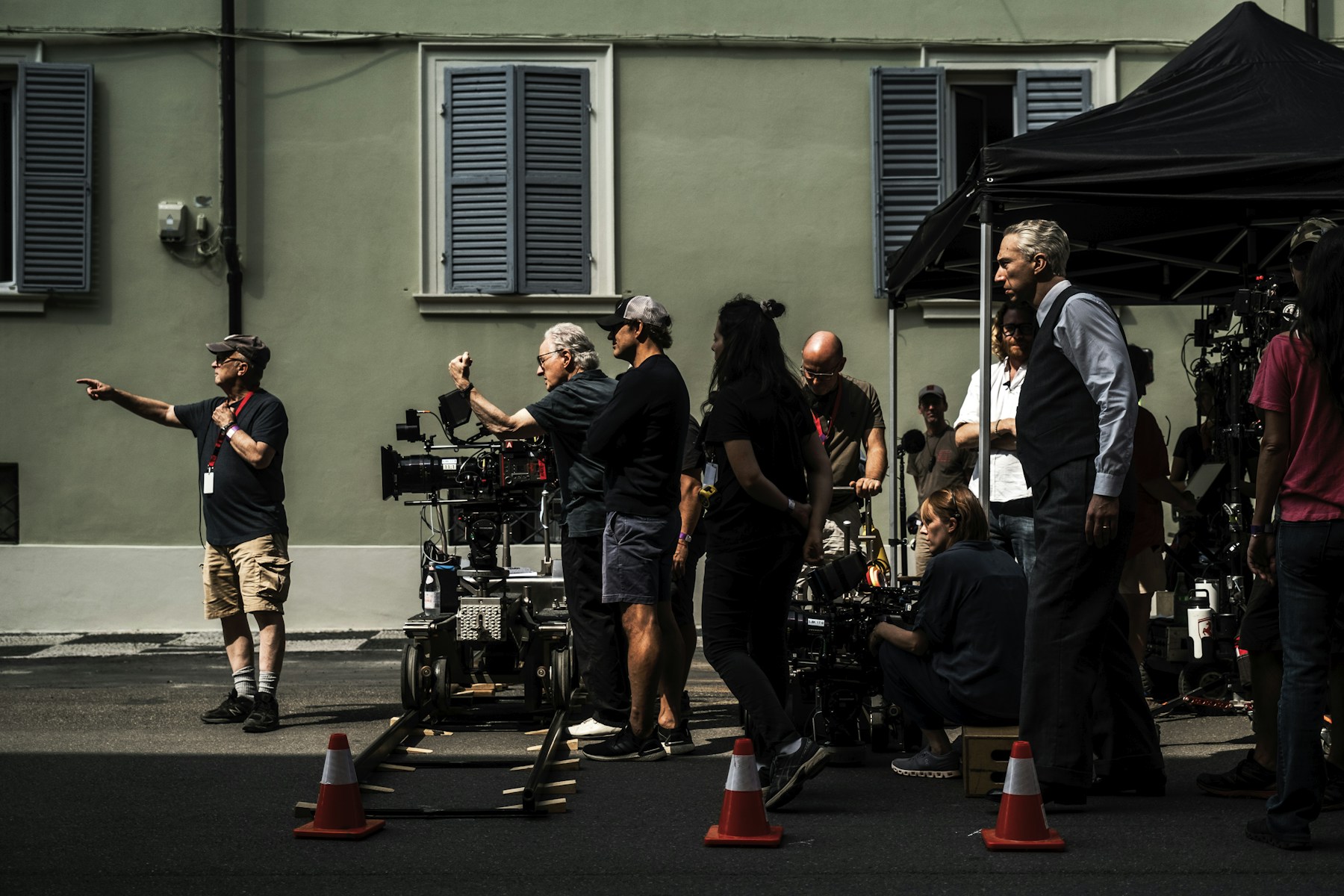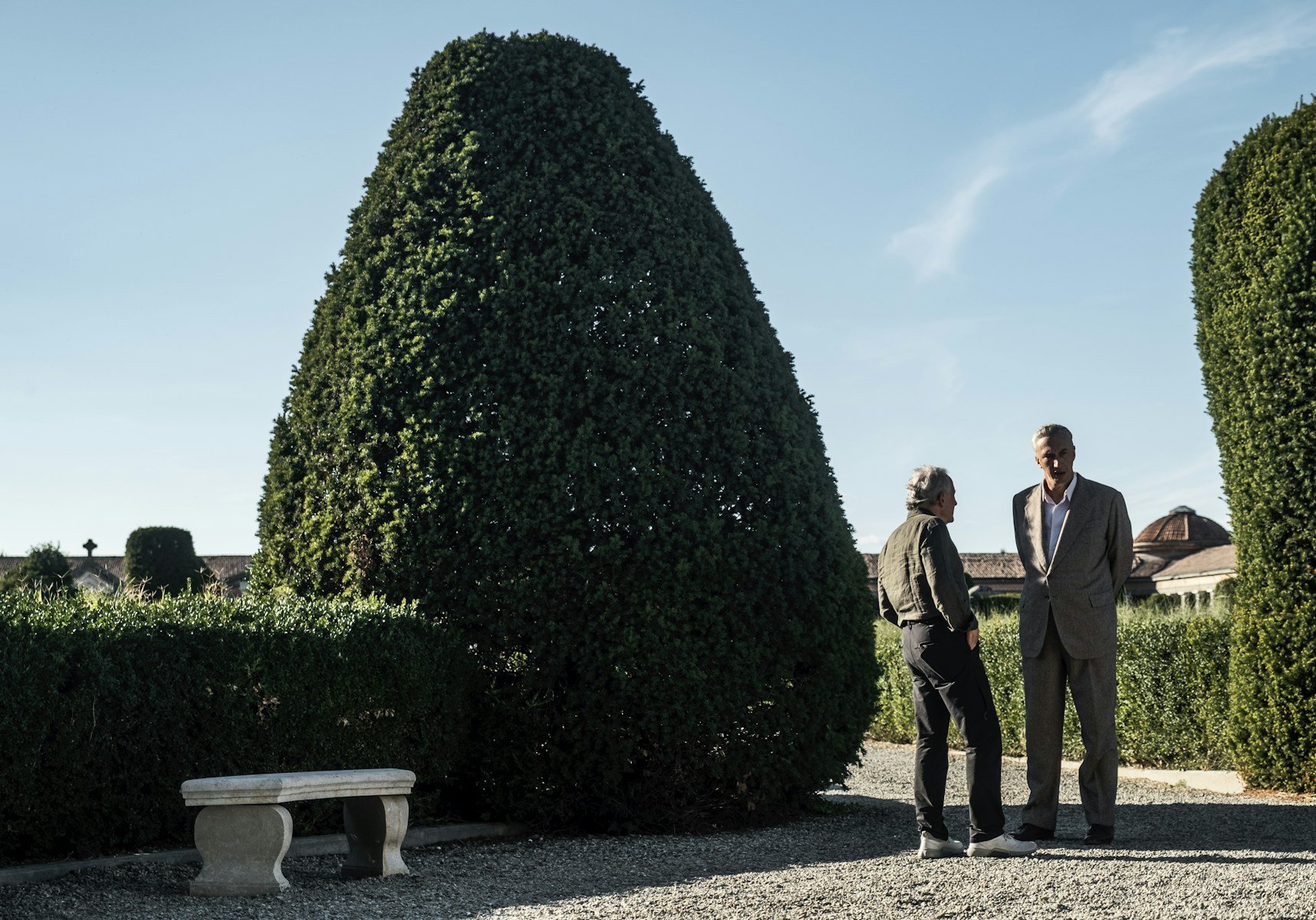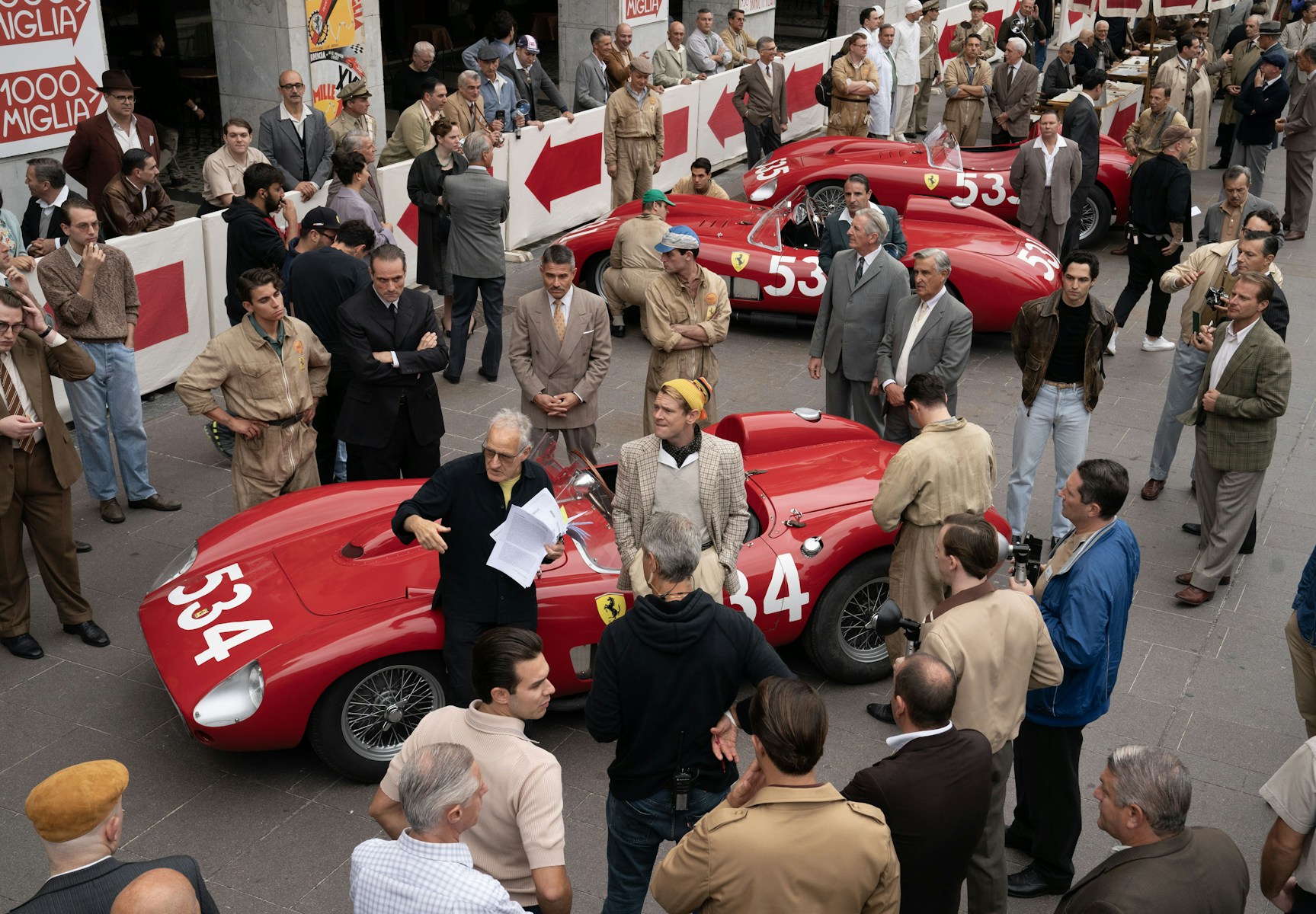
Making Ferrari
MICHAEL MANN: BUILDING THE WORLD
While the complexity of the drama within FERRARI attracted filmmaker Michael Mann to the material, he also holds a striking kinship with the subject at its center. Enzo Ferrari was a man driven by a lust for racing, his "terrible joy," as he called it in life and in the title of his own autobiography. The determination and precision required for that pursuit is a work ethic with which Mann can relate. Each of his films stands as the result of intense investigation and detailed thought, from heavily researched period authenticity to deep dives with actors into the tumultuous internal lives of their characters. The design of FERRARI as a big-picture narrative, meanwhile, was to provide contrast with how its separate dramas were depicted visually, the classical aesthetic of its intimate scenes slashed across by the film's riveting racing sequences and the savage power of the red cars.
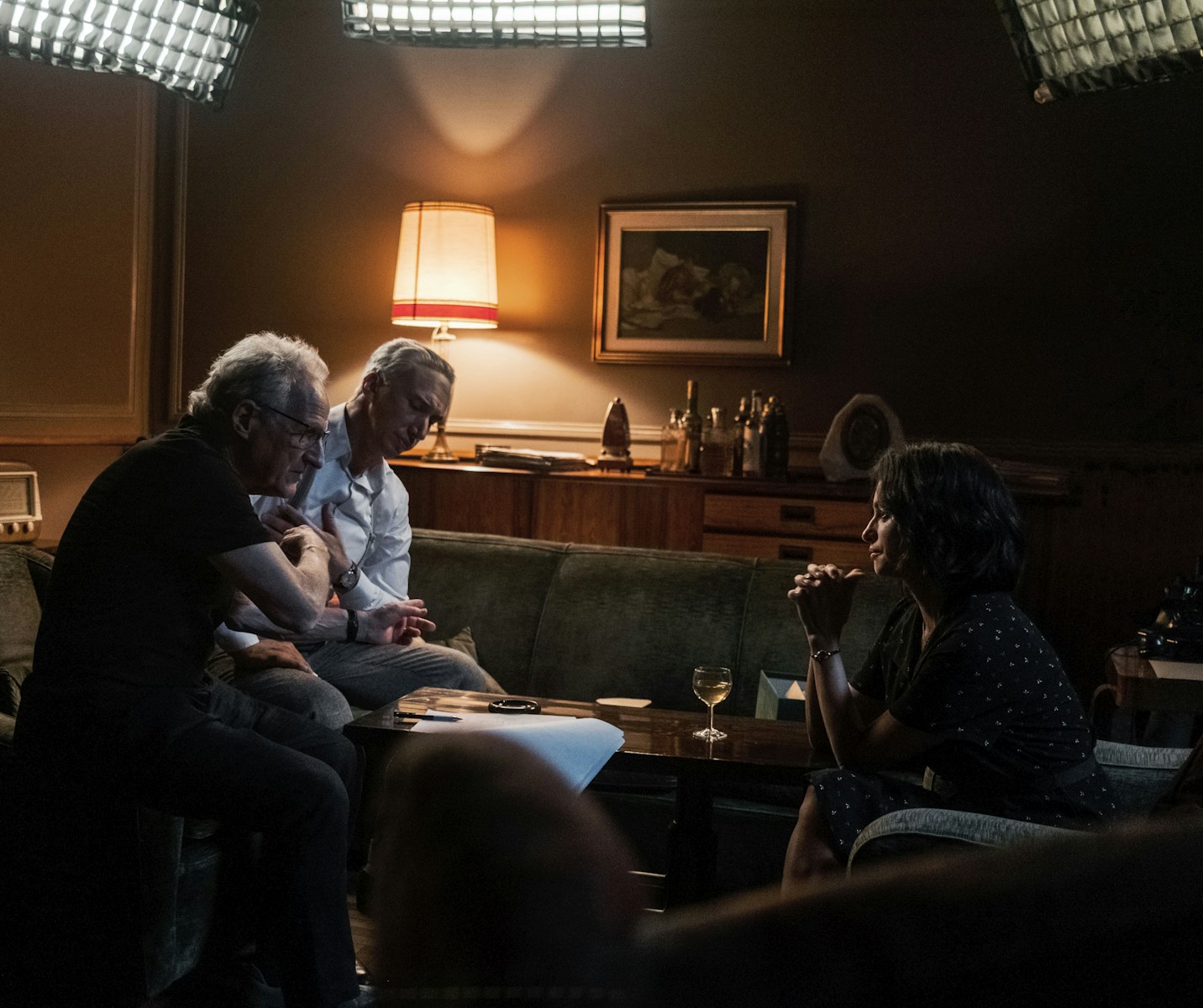
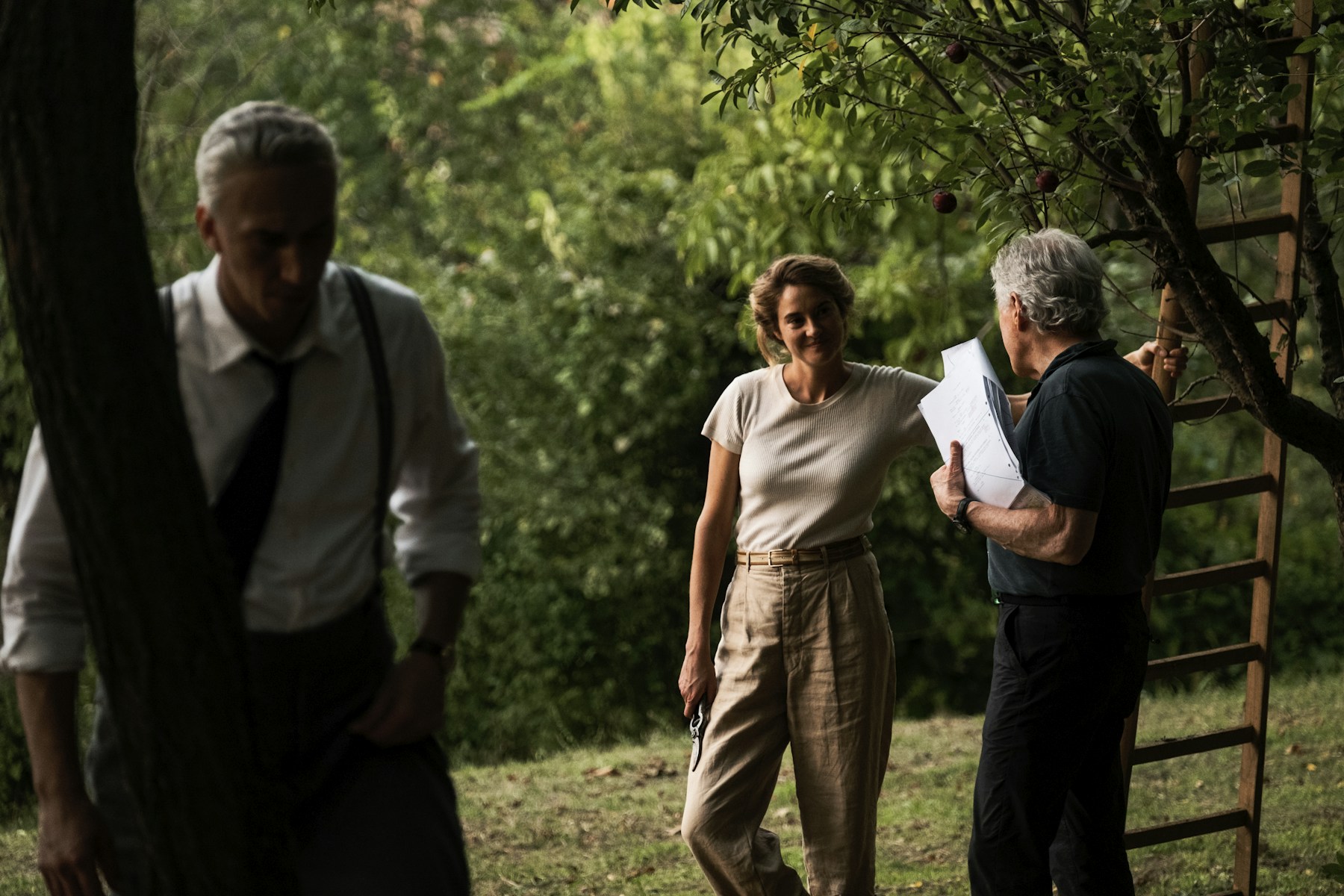
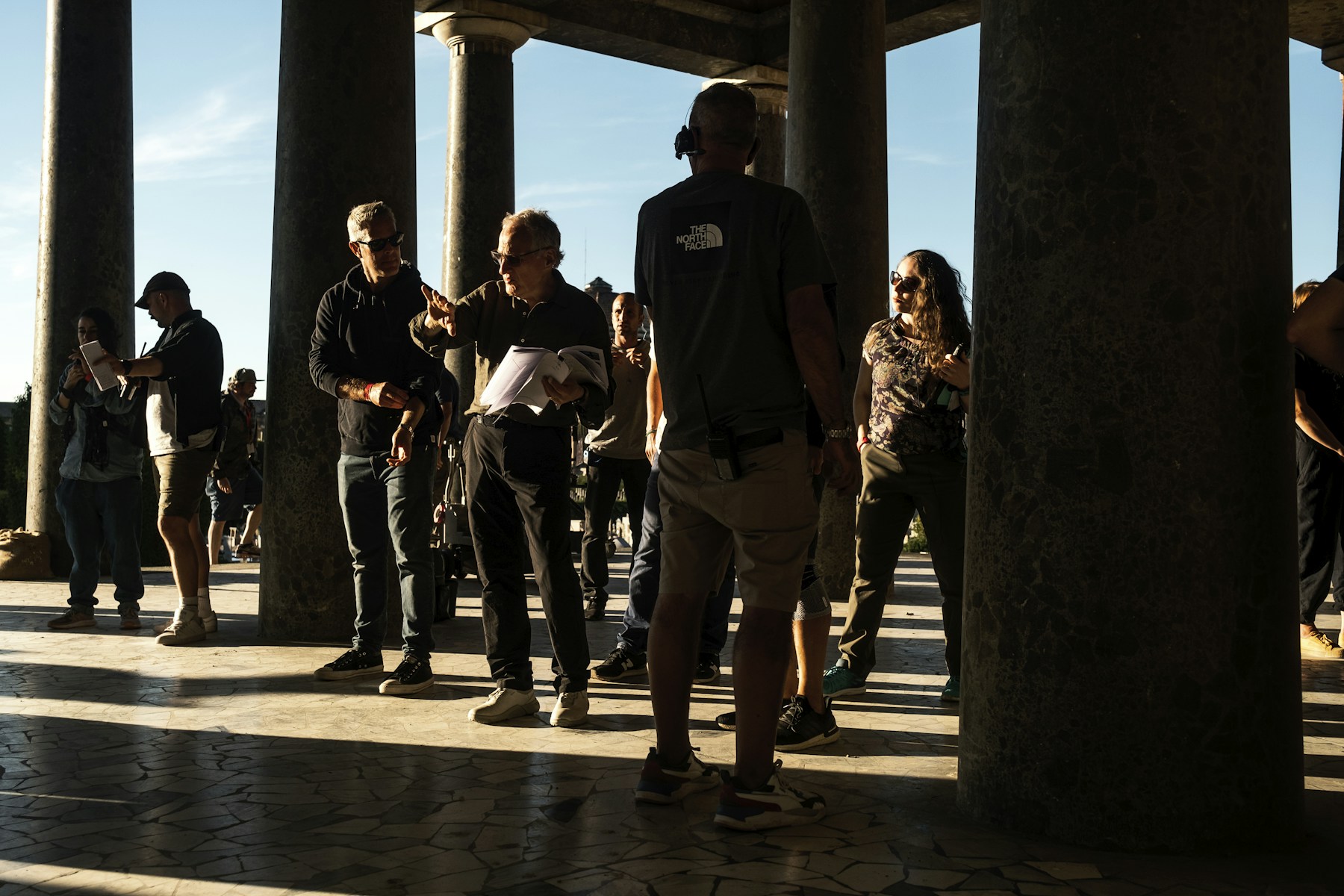
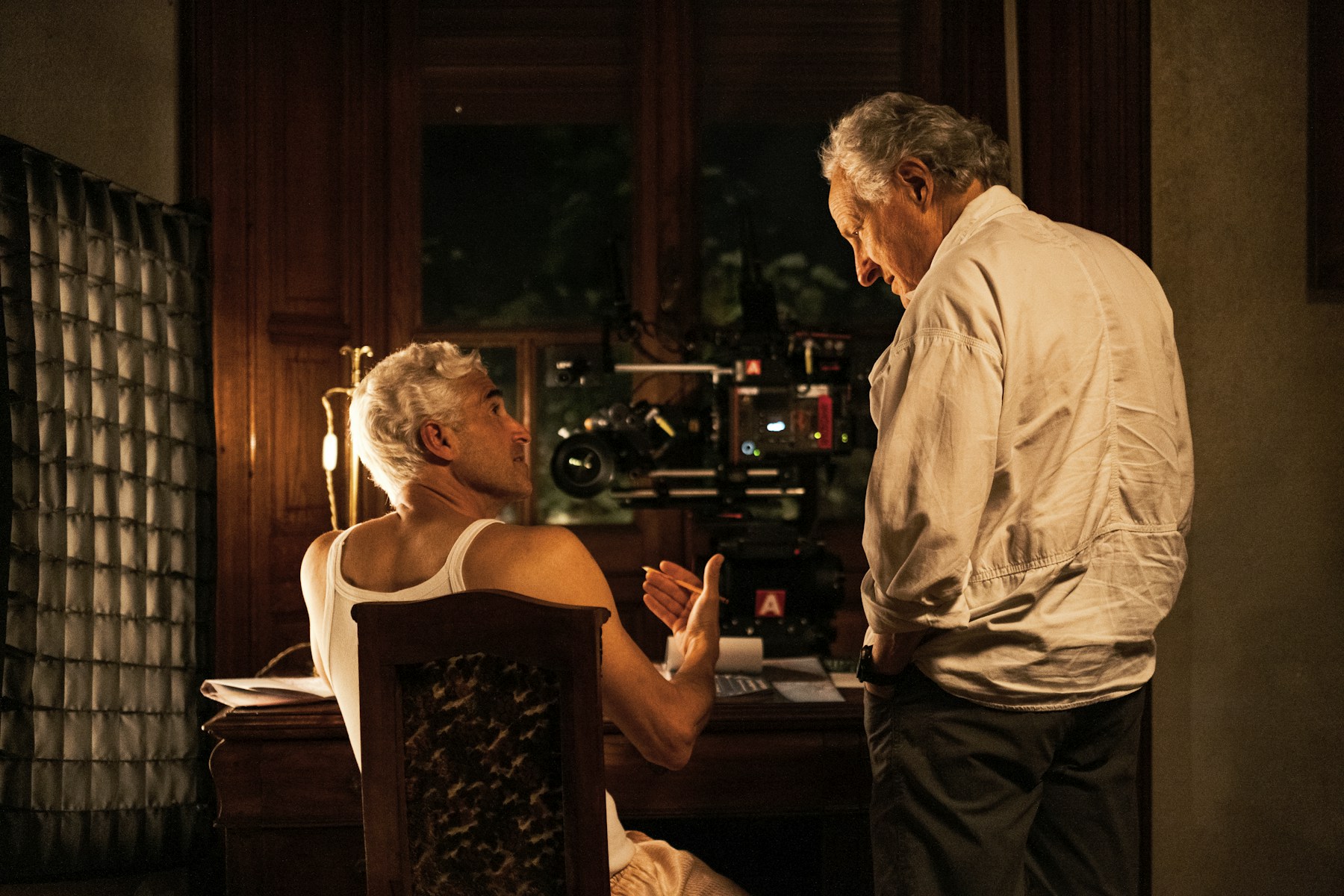
There's a very conscious design to the film. There's a formality to the dramatic dialogue scenes. It manifests itself, also, in the monochromatic production design and set decoration. It's very restrained but a deeply regional palette. That's cut across by everything to do with the cars. The cars are savagely kinetic. It's a counterpoint to the emotional scenes formality. Suddenly you have these red race cars that are beautiful and lethal at the same time. There is no primary red like that anywhere else in the film. I wanted the experience of what it is to drive one of those cars and to be in a race and master the forces that are pushing you to the edge of adhesion.
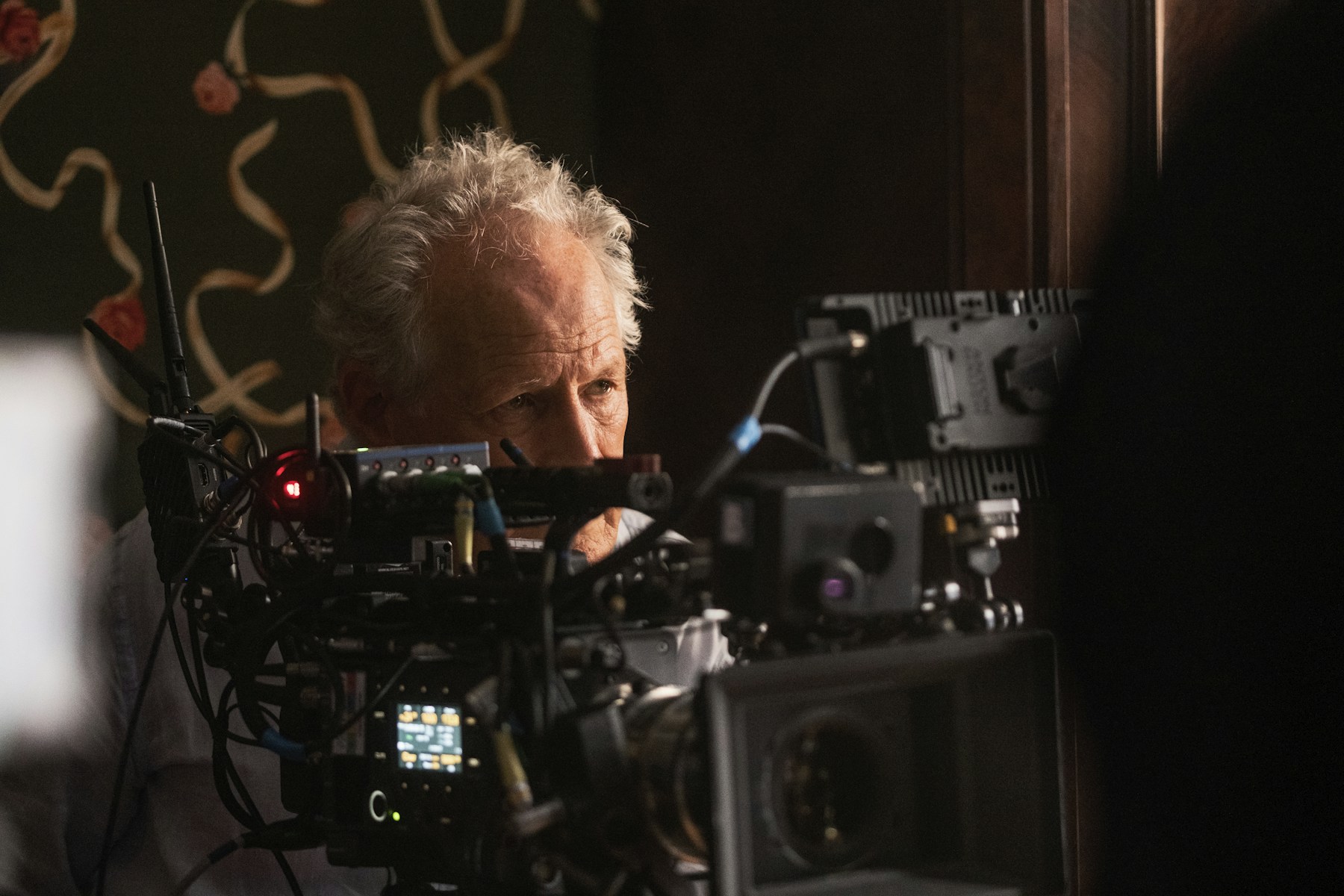
BUILDING PERFECTION
In life, when a thing works better, usually it is more beautiful to the eye. That's how Enzo Ferrari puts it to his son Piero in a scene from FERRARI. Director Michael Mann often calls Ferrari race cars moving sculpture, while noting the irony that they are not self-consciously designed as such. So, all the technological innovation and Italian intuition that goes into their design and manufacture became another area of exploration, as Mann tasked his team with creating a fleet of race cars from the ground up. Using specially designed chassis, 3D LiDAR scans of actual race cars — which of course couldn't be used in the film themselves, given their extraordinary value — and hand-crafted metal and fiberglass sculpts, the production succeeded in replicating the cars with a blend of old-world techniques and modern-day technology. Once they were painted and camera-ready, actors Patrick Dempsey (Piero Taruffi), Gabriel Leone (Alfonso De Portago) and Jack O'Connell (Peter Collins) could have their fun. Real-life racing drivers including actor Patrick Dempsey (Piero Taruffi), Derek Hill and Marino Franchitti also star as Jean Behra and Eugenio Castellotti, respectively, two celebrated drivers of the 1950s.
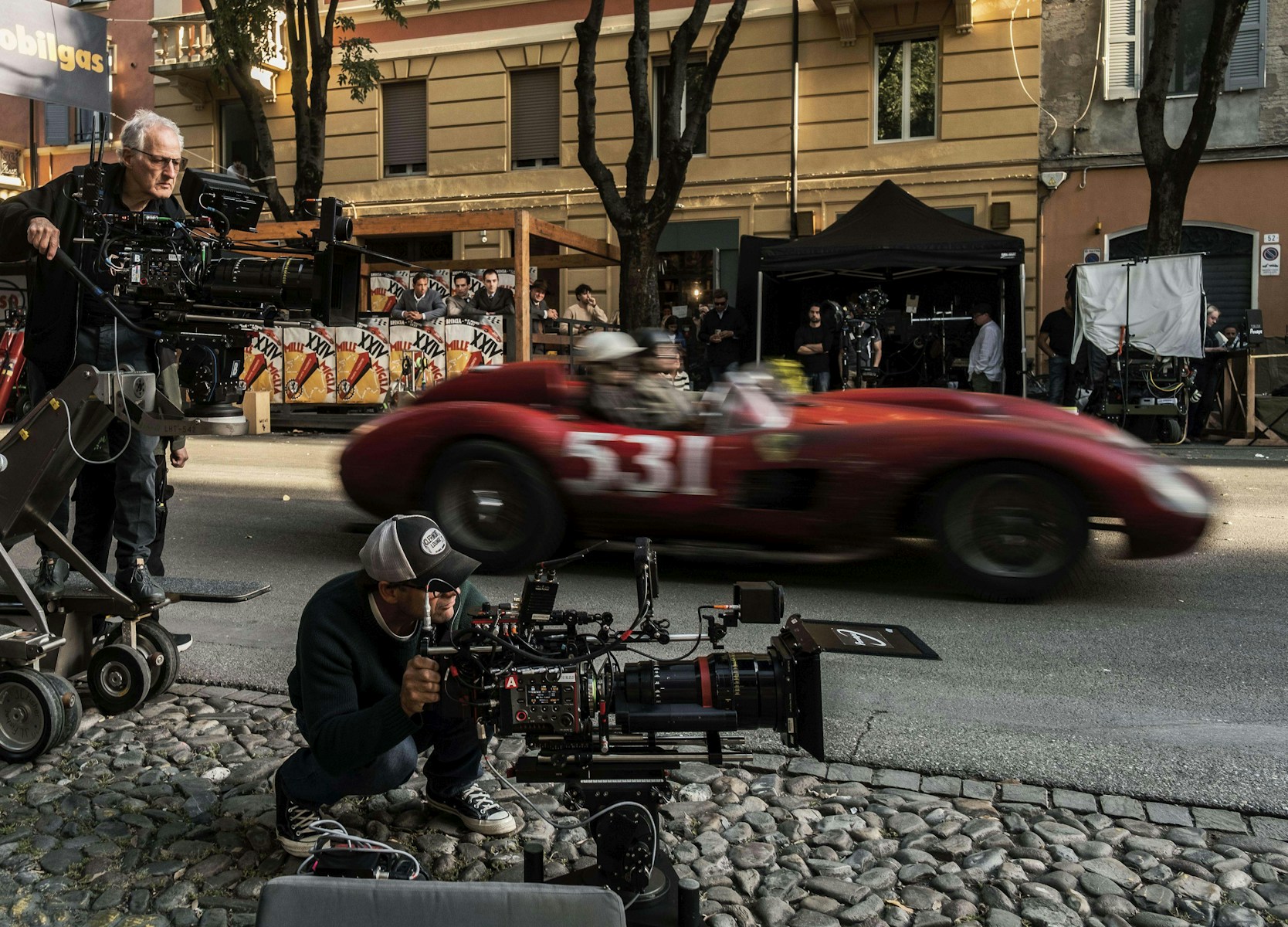
I did a lot of track time. We were at several different tracks in Modena, and then there was another little private track close to Milan. Robert Nagle, the stunt coordinator, said, 'Just go pound around.' So, I would just do long runs all day long. Then we'd work on the setup. We'd talked about the handling, what we needed to do to improve the car. It was like a proper test. It was the best job ever. I would have been a PA! And everybody was really into cars, clearly. I mean, how could you not be? They're works of art. And our cars were recreated in the same tradition with the same family that built the bodies back in the day. Everything was built to the same specification.
